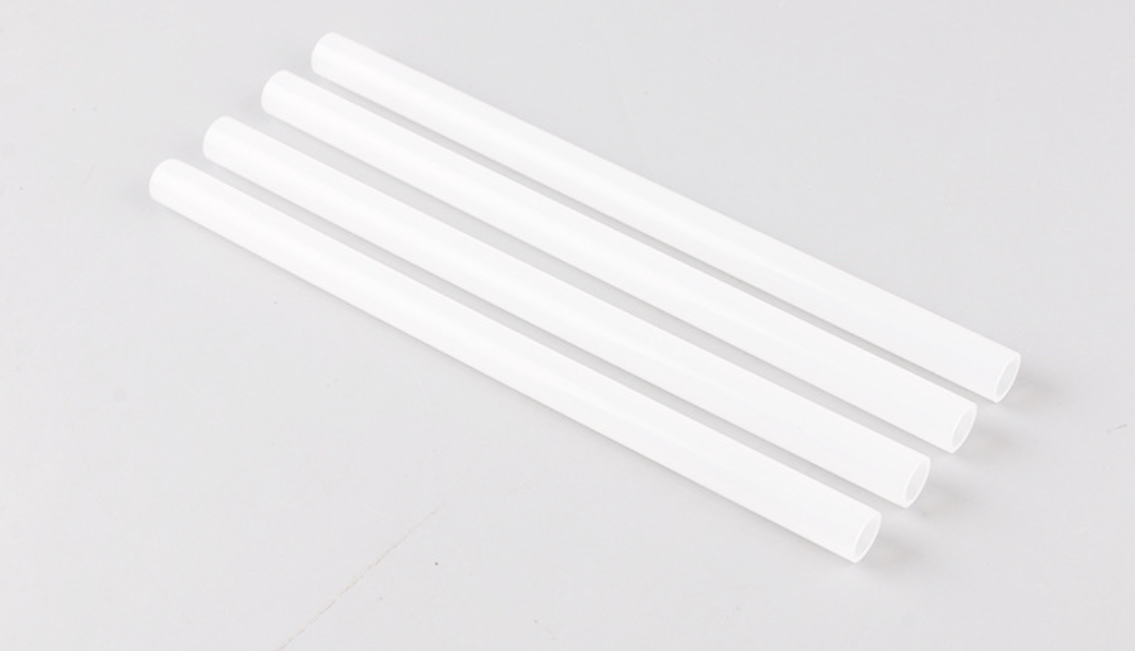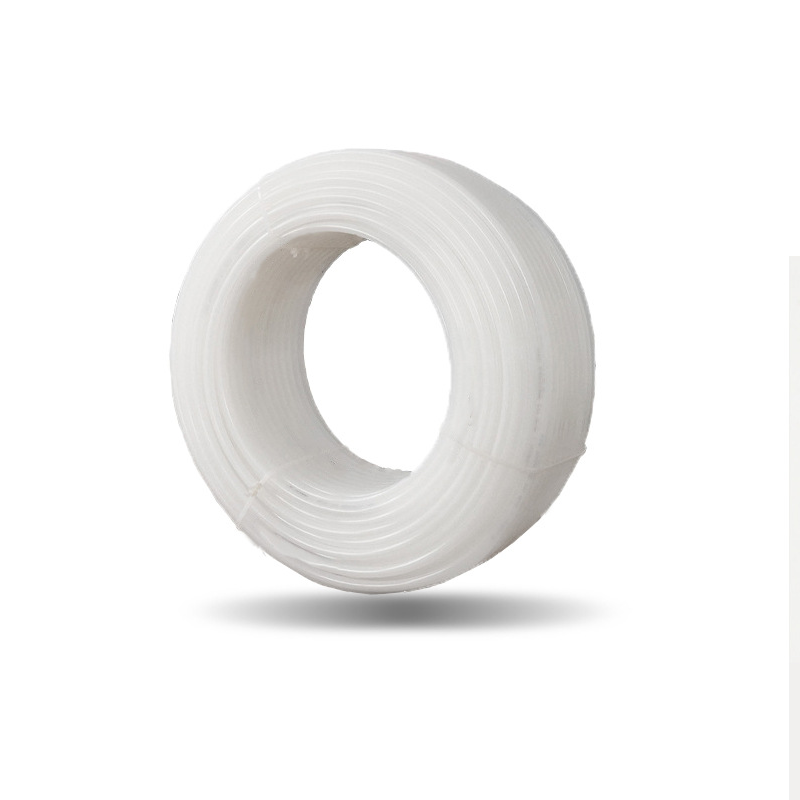Selecting the right tubing for water applications is a critical decision that can significantly affect the efficiency, safety, and longevity of your water systems. With a plethora of options available, understanding the characteristics, advantages, and limitations of each type of tubing is essential. This comprehensive guide will delve into the various types of tubing suitable for water, their applications, and the factors to consider when making your choice. By the end of this article, you will have a clear understanding of which tubing is best for your specific needs, eliminating the need for further research.
Understanding the Common Types of Tubing for Water
1. PVC Tubing
Polyvinyl Chloride (PVC) tubing is one of the most commonly used materials in plumbing and water systems. Its popularity stems from several key characteristics:
- Durability: PVC is resistant to corrosion, making it ideal for both indoor and outdoor applications. It does not rust or degrade when exposed to moisture, which is a significant advantage over metal pipes.
- Cost-Effectiveness: PVC is relatively inexpensive compared to other materials, making it a go-to choice for large-scale projects. Its lightweight nature also reduces transportation costs.
- Ease of Installation: PVC tubing can be easily cut and joined using solvent cement, allowing for quick installations. However, it is essential to ensure that the joints are properly sealed to prevent leaks.
Despite its advantages, PVC has limitations. It can become brittle over time, especially when exposed to UV light, which can lead to cracking. Therefore, it is best suited for shaded areas or indoor applications.

2. Polyethylene (PE) Tubing
Polyethylene (PE) tubing is another popular choice, particularly in agricultural and irrigation applications. Here’s why:
- Flexibility: PE tubing is highly flexible, allowing it to bend around obstacles without breaking. This flexibility makes it ideal for irrigation systems where the layout may change frequently.
- UV Resistance: Unlike PVC, PE tubing is resistant to UV light, making it suitable for outdoor use without the risk of degradation.
- Chemical Resistance: PE is resistant to a wide range of chemicals, which is beneficial in agricultural settings where fertilizers and pesticides may be present.
However, while PE tubing is excellent for low-pressure applications, it may not be suitable for high-pressure systems. Always check the pressure ratings before installation.

3. Nylon Tubing
Nylon tubing is known for its strength and durability, making it suitable for applications that require higher pressure ratings. Key features include:
- High Pressure Tolerance: Nylon can withstand higher pressures than many other types of tubing, making it ideal for systems where water pressure is a concern.
- Abrasion Resistance: Nylon is resistant to wear and tear, which is beneficial in environments where the tubing may be subject to friction or movement.
- Temperature Resistance: Nylon can handle a broader range of temperatures compared to PVC and PE, making it suitable for both hot and cold water applications.
However, nylon tubing is less flexible than PE, which may limit its use in certain installations. It is essential to consider the specific requirements of your project when choosing nylon tubing.

4. PTFE Tubing
Polytetrafluoroethylene (PTFE) tubing is often used in specialized applications due to its unique properties:
- Chemical Inertness: PTFE is highly resistant to chemicals, making it ideal for applications where purity is critical, such as in laboratories or food processing.
- High-Temperature Resistance: PTFE can withstand extreme temperatures without degrading, making it suitable for high-heat applications.
- Low Friction: The low friction properties of PTFE make it ideal for systems where smooth flow is essential.
While PTFE tubing is more expensive than other options, its benefits in specific applications can justify the cost. If you require tubing that maintains water quality and resists aggressive chemicals, PTFE is an excellent choice.

How Material Affects Water Quality
The material of your tubing plays a crucial role in determining the quality of the water it carries. Some materials can leach harmful substances into the water, especially when exposed to heat or sunlight. For instance, certain types of PVC can release phthalates, which are chemicals that may pose health risks.
To ensure safety, it’s vital to choose materials that comply with drinking water standards. Look for certifications from organizations like NSF International or the American National Standards Institute (ANSI), which indicate that the tubing is safe for potable water use. Materials like PTFE are known for their inert properties, making them ideal for applications where water quality is paramount.
Key Factors to Consider When Choosing Water Tubing
1. Pressure Ratings
Understanding the pressure requirements of your system is essential. Each type of tubing has a specific pressure rating, and exceeding this can lead to leaks or bursts. Always refer to the manufacturer’s specifications to ensure that the tubing can handle the pressure of your water system. For example, if you’re working with a high-pressure system, nylon tubing may be the best option due to its superior pressure tolerance.
2. Temperature Resistance
Temperature can significantly affect the performance of your tubing. For instance, PVC can become less effective in high temperatures, while PE tubing can handle a broader range. If your application involves hot water, ensure that you select tubing that can withstand the heat without degrading. Nylon and PTFE are excellent choices for high-temperature applications.
3. Flexibility and Bend Radius
The flexibility of the tubing is another critical factor, especially for installations that require bending around corners or obstacles. PE tubing is highly flexible, making it easier to work with in tight spaces. In contrast, nylon tubing, while strong, may require more effort to install in complex layouts. Consider the installation environment and choose a tubing type that offers the necessary flexibility.
Specific Applications for Each Type of Tubing
Residential Plumbing
For home plumbing, PVC and PE tubing are often the go-to choices. PVC is commonly used for drain, waste, and vent systems, while PE is ideal for water supply lines, especially in outdoor settings. When installing plumbing systems, ensure that all connections are secure and that the tubing is rated for the intended use.
Irrigation Systems
In agriculture, PE tubing is favored for its flexibility and resistance to UV light. It can be easily laid out in fields and gardens, allowing for efficient water distribution. Using push-to-connect fittings with PE tubing simplifies installation and maintenance, making it easier to adapt the system as needed.
Aquarium and Hydroponics
For aquariums and hydroponics, where water quality is critical, nylon or PTFE tubing is often recommended. These materials ensure that no harmful substances leach into the water, maintaining a safe environment for aquatic life and plants. Additionally, using high-quality fittings can help prevent leaks and ensure a reliable flow of water.
Advantages of Using Push-to-Connect Fittings with Water Tubing
Push-to-connect fittings are a revolutionary solution in the world of tubing. They allow for quick and easy connections without the need for tools, making installation a breeze. This is particularly beneficial in applications where frequent adjustments or maintenance are required. The secure seal provided by these fittings reduces the risk of leaks, ensuring a reliable water flow.
Moreover, push-to-connect fittings are versatile and can be used with various types of tubing, including PVC, PE, and nylon. This adaptability makes them an excellent choice for both residential and commercial applications.
Ensuring Quality and Durability in Water Tubing
Quality control is paramount in the manufacturing of water tubing. Look for products that have undergone rigorous testing to meet industry standards. Certifications from organizations like NSF International or ANSI can provide assurance that the tubing is safe for potable water use. Additionally, consider the manufacturing processes used; high-quality tubing often undergoes processes that enhance its durability and resistance to environmental factors.
Regular maintenance is also crucial for ensuring the longevity of your tubing. Inspect the system periodically for signs of wear, such as cracks or discoloration, and replace any damaged sections promptly. This proactive approach can prevent more significant issues down the line.
Common Troubleshooting Tips for Water Tubing Systems
Even the best systems can encounter issues. Here are some common troubleshooting tips:
- Identifying Leaks: If you notice water pooling or damp spots, inspect the connections and the tubing for cracks or wear. Tightening fittings or replacing damaged sections can often resolve the issue.
- Solutions for Clogs: Clogs can occur due to debris buildup. Regular maintenance, including flushing the system and using filters, can help prevent this problem. If a clog does occur, consider using a plumbing snake or a high-pressure water jet to clear the blockage.
- Maintenance Tips: To prolong the life of your tubing, avoid exposing it to extreme temperatures and UV light. Regularly check for signs of wear and replace any sections that show damage. Additionally, consider using protective sleeves or insulation in areas where the tubing may be exposed to harsh conditions.
Conclusion
Choosing the right tubing for water applications is essential for ensuring efficiency, safety, and longevity. By understanding the different materials available and their specific applications, you can make informed decisions that meet your needs. Whether you’re working on a residential plumbing project, setting up an irrigation system, or maintaining an aquarium, the right tubing can make all the difference. If you have specific questions or need personalized advice, don’t hesitate to reach out. Your water system deserves the best!

